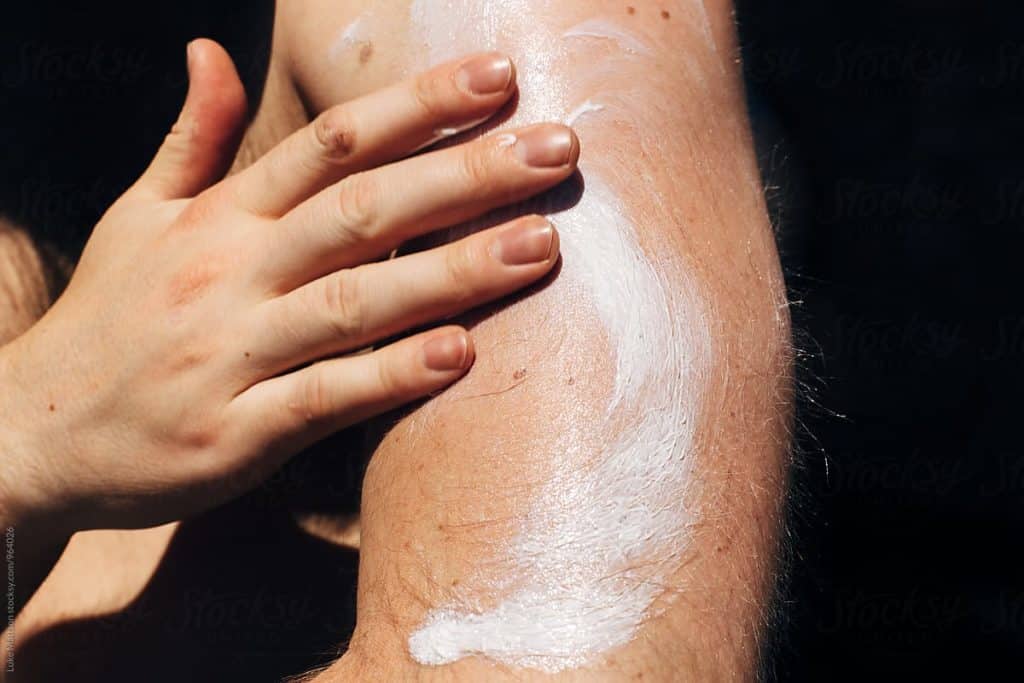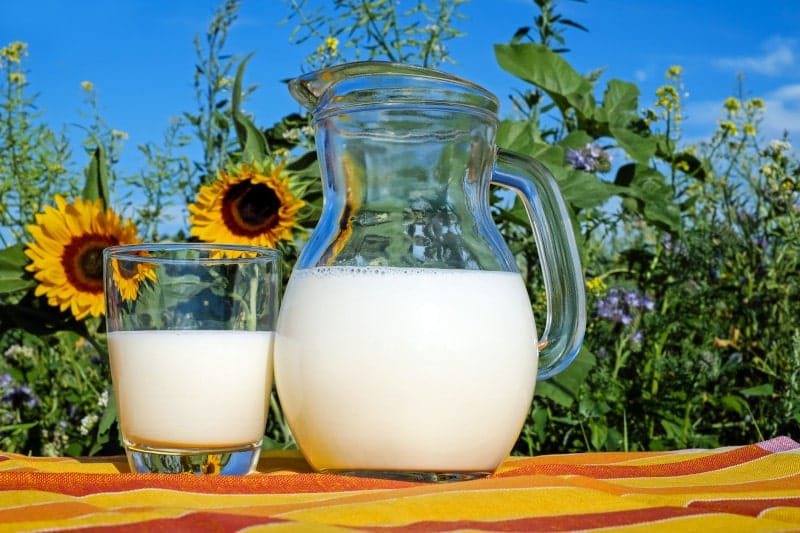Vitamin D comes from the sun. Vitamin D is also a key player in maintaining overall health, supporting immune function, regulating inflammation, bone health, and many other essential body processes.
Unfortunately, many people are deficient in this crucial vitamin.
Most people in countries in the northern latitudes do not achieve their adequate dose, especially during the winter. Did you know that low Vitamin D levels can also affect your HPV status?
This blog covers the basics of HPV and how Vitamin D can be vital to your health and wellbeing.
Vitamin D: The Sunshine Vitamin
There are two main natural sources of Vitamin D, food and sunshine, with the sun being most people’s primary source of Vitamin D. This is why it can be more difficult to get the appropriate dose of Vitamin D in winter months when daylight shortens in cooler climates.
Ultraviolet light is absorbed into the skin, strikes the skin, and triggers Vitamin D synthesis, so sunshine is crucial!
Vitamin D is a fat-soluble vitamin as well as a hormone. It is best known for its crucial role in bone health. Without it, the body would not be able to absorb calcium, magnesium, or phosphate from food – which are essential minerals for bone strength. Without adequate calcium absorption, the body “borrows” calcium from the bones, increasing the risk of bone thinning, which may lead to osteoporosis and fracture. Vitamin D helps maintain normal blood levels of phosphorus, magnesium, and calcium for other body functions.
Vitamin D is so vital to bone health that governments mandated the fortification of certain food products, such as milk and milk alternatives to prevent severe deficiencies. Diseases caused by severe deficiency, such as rickets in children and osteomalacia in adults, were common before this fortification.

Vitamin D-eficient Symptoms
It isn’t always obvious when your body is in need of more Vitamin D. While the symptoms are often subtle, low levels of vitamin D can present with:
- Low immune function – have you noticed you’re getting sick or run down more often than usual?
- Fatigue – it can be as simple as an increased difficulty of getting out of bed in the morning.
- Bone loss or pain – new and random aches and pains should be assessed by your primary healthcare provider.
- Muscle pain and weakness – not able to crush it at the gym like usual? Having difficulty recovering?
- Low mood or depression – often this is a key symptom of Seasonal Affective Disorder, where those who have dark, cold, long winters are deficient in vitamin D, leading to decreased pleasure or interest in doing things they used to love, low mood, and depression.
- Impaired skin healing – with low vitamin D, it can be harder to heal something as small as a papercut or a skin blemish scar.
- Hair loss – hair thinning or hair loss can be caused by low vitamin D levels
Can I test if I’m deficient?
Vitamin D levels can be checked through a blood test. The most common test is the 25-hydroxyvitamin D or 25(OH)D. It reflects vitamin D produced inside the body from both foods, sun, and supplements. Ranges above 20-30 ng/mL are considered sufficient for bone and overall health in healthy individuals. Levels over 50 ng/mL can be associated with adverse effects.
Getting tested can give a general indicator of your status and whether it might be useful to supplement. We always recommend talking to your doctor to get their take on what would be best for you.
What’s the connection between Vitamin D and HPV?
So now that you know the importance of vitamin D, how does this relate to your HPV status?
New research on Vitamin D is constantly emerging, increasing what we know about the many benefits this vitamin has for our health. Low levels have been linked to insulin resistance and diabetes, inflammation, impaired immunity, and certain autoimmune conditions, and cancer. As more research is conducted, the potential benefits of this “sunshine vitamin” are rapidly expanding.
The main connection between Vitamin D and HPV is in the immune system. An HPV prognosis can single-handedly be affected by the strength of your immunity, and Vitamin D is an essential part of keeping a robust immune system. A study in the United States links low vitamin D status to increased risk of developing a high-risk HPV infection among sexually active women.
Optimal Vitamin D levels have been found to play a positive role in both the adaptive and innate immune systems. Vitamin D has been found to boost the expression of white blood cells, which are the immune molecules known for fighting off infections and managing inflammation. Low levels of Vitamin D have also been associated with autoimmune diseases such as multiple sclerosis, lupus, diabetes, and rheumatoid arthritis.
The hormone has also been found to play a role in managing chronic inflammation, a key factor in nearly every chronic disease. Vitamin D manages inflammation through modulating cytokine production and proliferation. Cytokines are the immune systems chemical messenger systems that tell the rest of the immune system when to respond and react.
Vitamin D’s Anti-Cancer Effects
Another study outlined the importance of Vitamin D in the steroid hormone pathway, which regulates calcium. It explained the anti-proliferative, pro-apoptotic, anti-angiogenic effect of Vitamin D in cancer prevention.
In easier terms, Vitamin D was effective in decreasing cancer cell growth and increasing cell death of existing cancer cells. This study found a significant connection between blood levels of Vitamin D and HPV positive status. Vitamin D has proven anti-inflammatory functions, therefore the deficiency of Vitamin D and its metabolites could possibly relate to HPV persistence and other related cervical intraepithelial neoplasia.

Getting Your Vitamin D
The best way to get Vitamin D is through sun exposure. You need bare skin exposed to sunlight when it’s at its highest so that you can get enough ultraviolet B, or UVB, rays. 10 to 30 minutes per day around 11am to 3pm is optimal. Fair-skinned individuals may spend less time, while those with darker skin tones may need to spend longer. Darker skin tones will have decreased production of Vitamin D in the skin due to increased skin pigments which block UV light absorption.
Other factors that may affect Vitamin D synthesis in your skin from the sun include season, time of day, latitude, cloud cover, pollution, skin tone, clothing, sunscreen, and age. Except in summer months, the skin can make little if any Vitamin D from the sun if you live at latitudes above 37 degrees north. This includes all of Canada and most of the United States. Those ages 65 and up have decreased production of vitamin D with increasing age.
Although sunscreen is important for protecting the skin against harmful effects of the sun, such as skin cancer, sunscreen blocks your skin’s ability to produce vitamin D. Try sitting in the sun, sunscreen-free for 10 minutes, then generously applying sunscreen or cover-up after filling up your vitamin D stores!
To supplement or not to supplement?
For those who live in places with long, dark winters, or grey seasons (we’re looking at you, Canada!), supplementation is recommended. You should see your primary healthcare provider to get bloodwork to guide dosing and supplementation – supplementing too much vitamin D has been known to cause stomach pain and kidney dysfunctions. When picking your supplement, make sure it is in the active form of cholecalciferol.
Food sources may help with your Vitamin D levels as well. Food sources highest in Vitamin D include: canned sardines, salmon, tuna, sunflower seeds, liver, eggs, mushrooms, and fortified milk.

What else can you do naturally?
Most HPV infections are easily cleared by a strong, healthy immune system. You will likely clear the infection with no symptoms with a robust immune system. Your immune system can be supported in a number of natural ways:
- Eat plenty of fruits and vegetables – fruits and vegetables contain many essential vitamins and nutrients to keep your body functioning at its best! These food groups are specifically high in antioxidants, which may help neutralize bad molecules floating around in your body.
- Quit smoking – smoking single-handedly increases your risk for HPV-related cancers, even second-hand smoke exposure. While cutting down your cigarette count will still affect, nothing is quite as good as quitting entirely.
- Reduce alcohol consumption – high consumption of alcohol is related to several negative risks, including a decrease in immune functioning.
- Drink green tea – green tea has been shown in many studies to have immune-boosting benefits and anti-cancer effects, some specific to HPV.
- Exercise to sweat – We recommend at least 20-30 minutes of light aerobic walking or cycling each day and 2-3 sessions of resistance training.
- Get adequate sleep – getting 7 – 8 hours of high-quality sleep is important to regulate your bodily functions, including your circadian rhythm. All of these factors have a distinct effect on your ability to fight infections.





